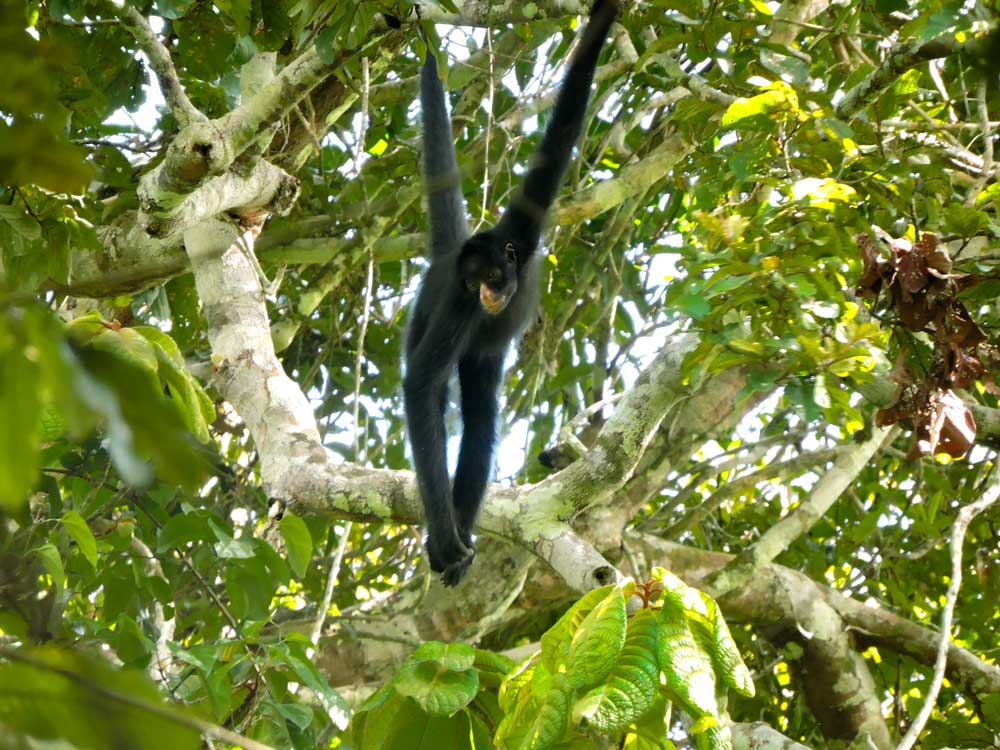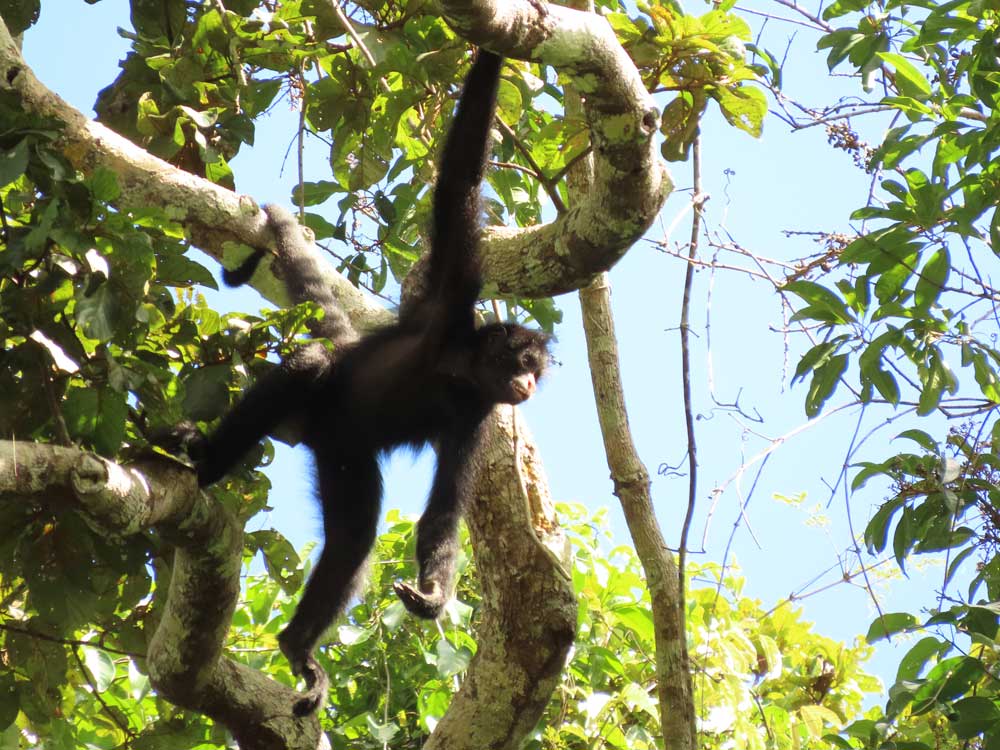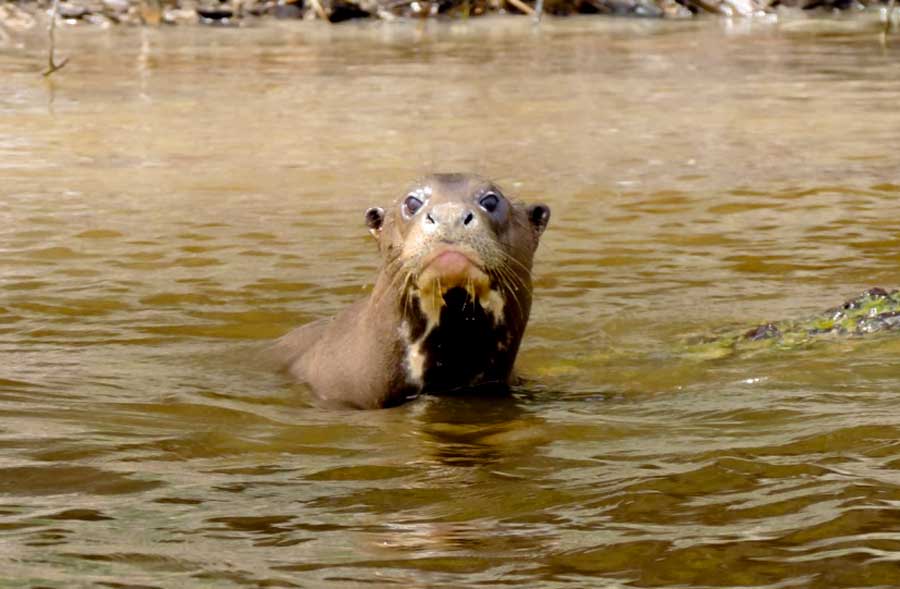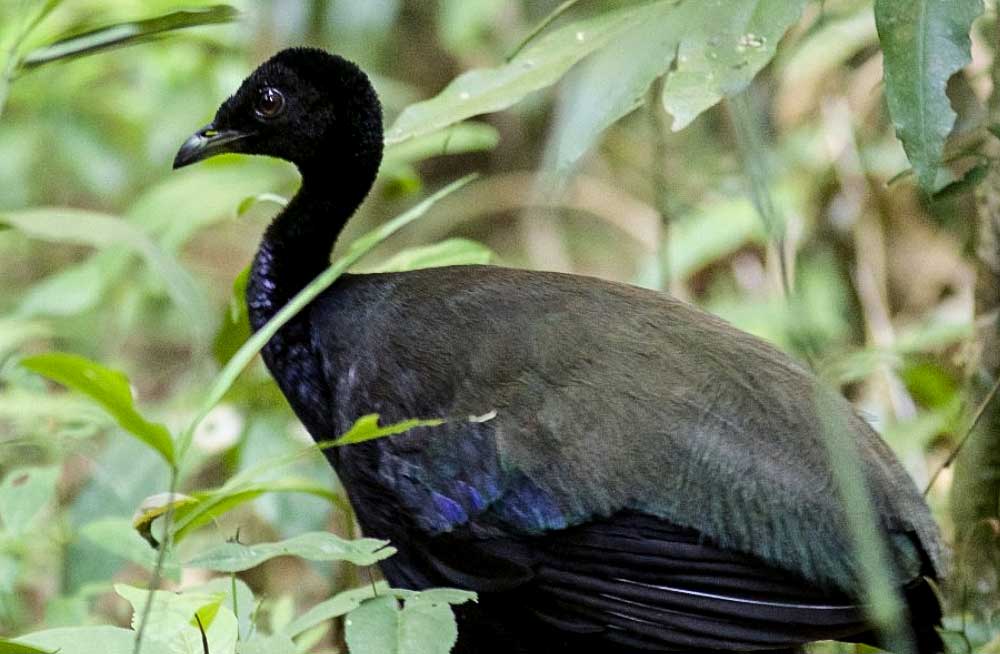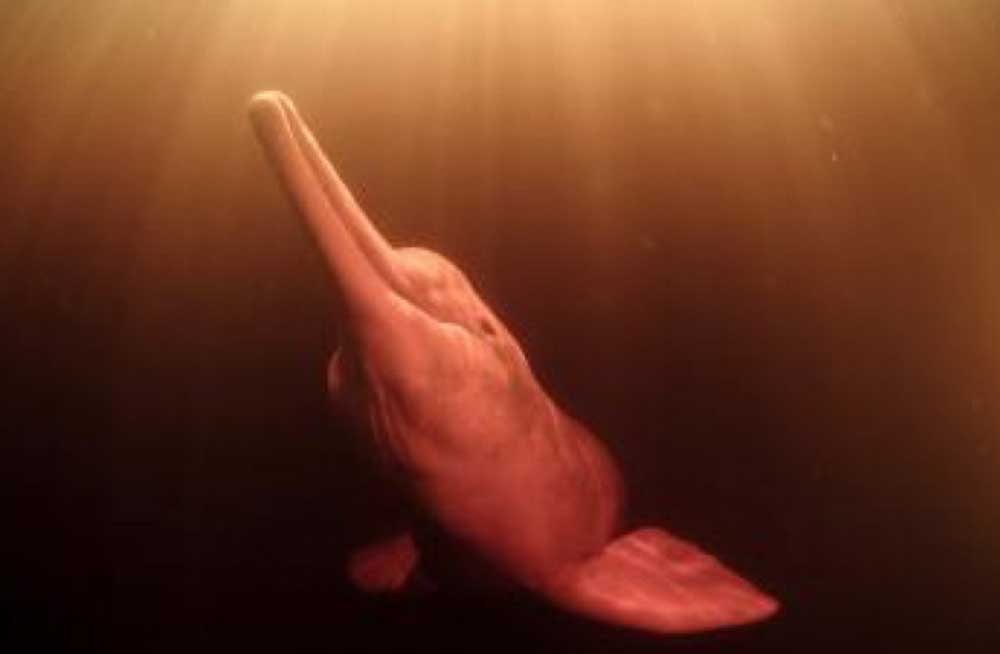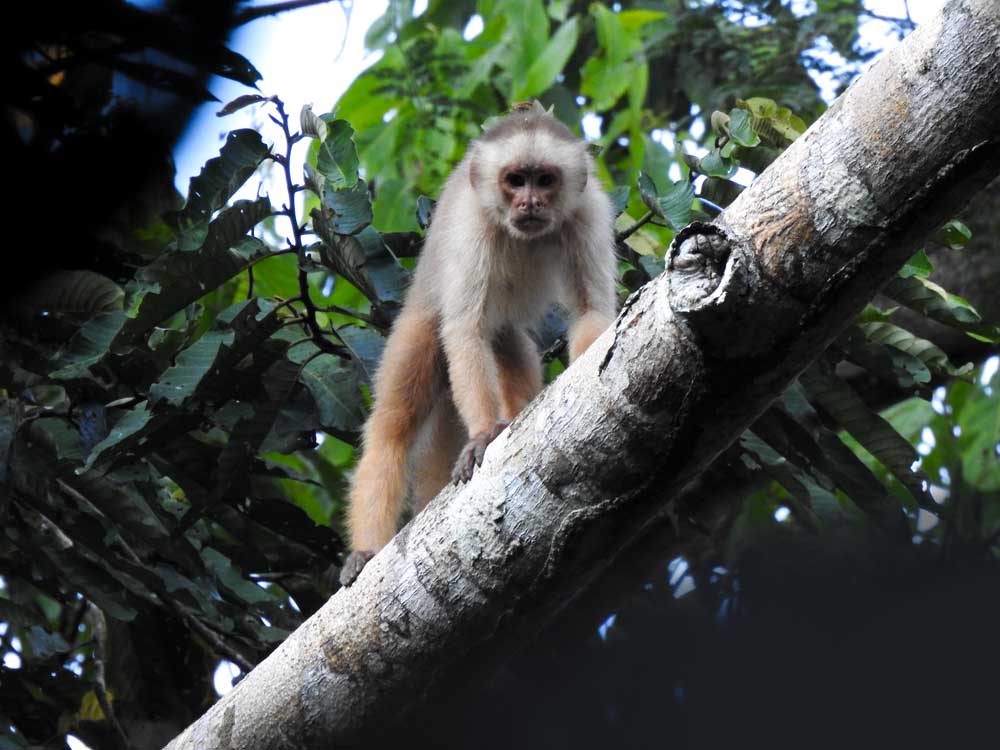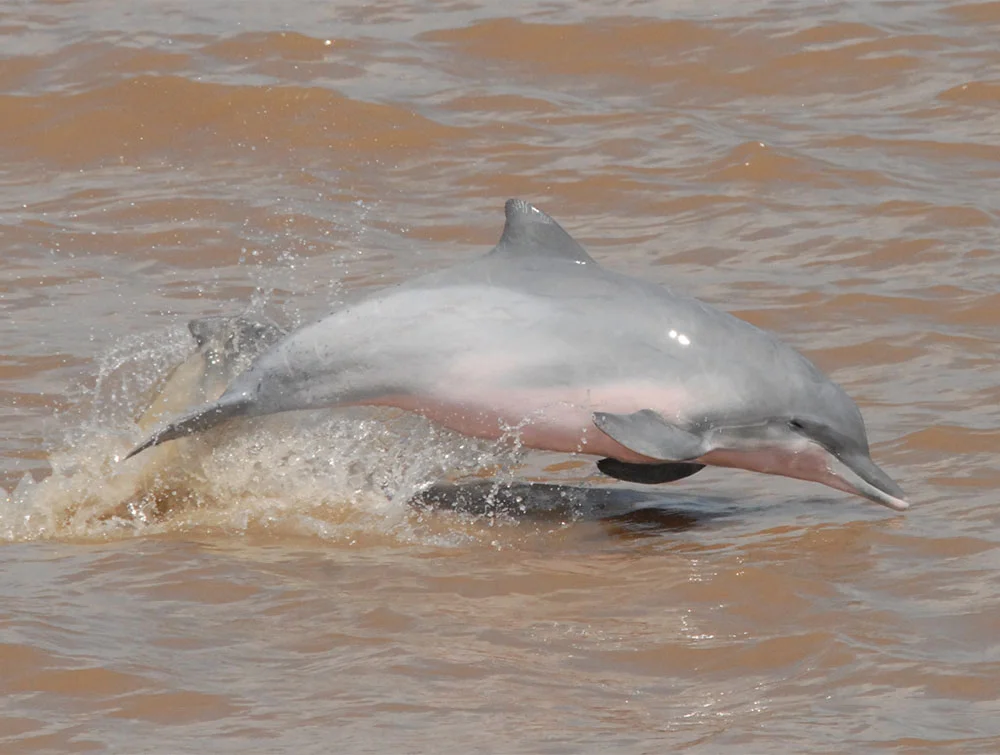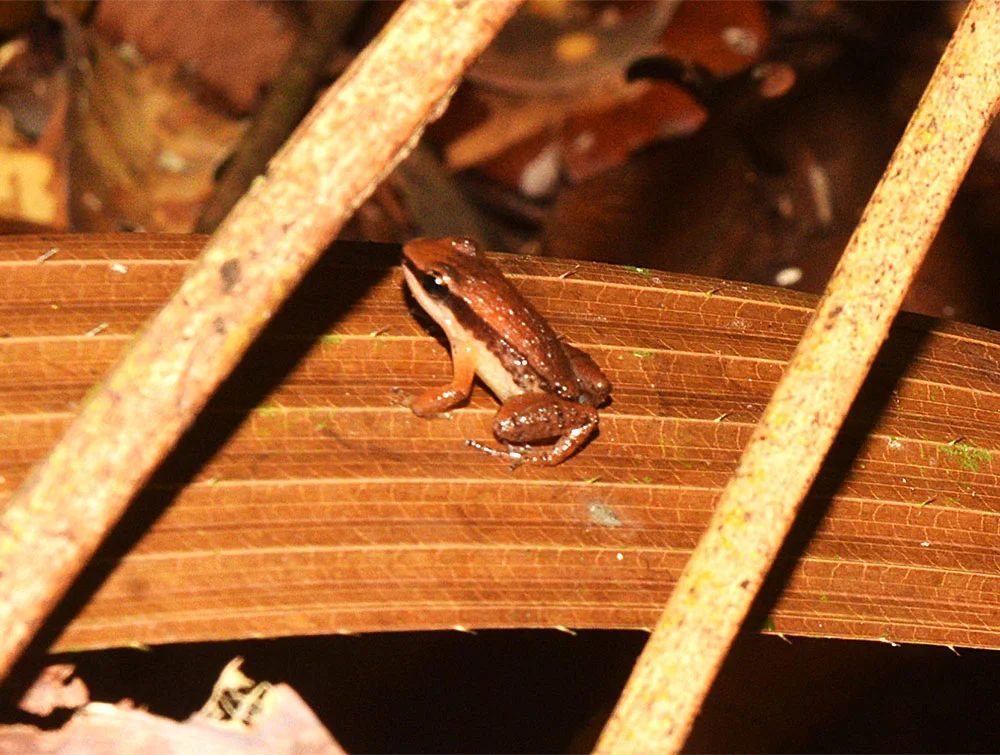What moves us
Brazil is one of the countries with the greatest biodiversity in the world. Much of it is concentrated in the forests, especially in the Amazon, where 10% of all known species are found, many of which are endemic. This is an invaluable source of resources for various purposes, including substances for the treatment and cure of many diseases. The preservation of native forest protects the habitat of a great diversity of fauna and flora, including rare and/or threatened endemic species, pollinating animals and seed dispersers, which are essential for agricultural production and food security. In addition, surveying and monitoring the fauna and flora in the project areas generates knowledge about the diversity and geographical distribution of species in areas that have scarcely or never been surveyed before. Many species are indicators of forest health and observing them can help us identify environmental problems.
Impact
350+
thousand ha of habitat under conservation*
REDD+ and ARR projects in progress and under validation
Impact
900+
species monitored*
370+ are endemic
+ 30 are endangered (CR/EN/VU)
REDD+ and ARR projects in progress and under validation
List of endangered species (CR/EN)
| Class |
Status IUCN Red List |
Scientific Name | Common Name |
|---|---|---|---|
| Bird | CR | Psophia obscura | jacamim-de-costas-escuras |
| Amphibian | EN | Allobates brunneus | sapo-foguetinho |
| Mammal | CR | Cebus kaapori | caiarara |
| Mammal | EN | Sotalia fluviatilis | tucuxi |
| Mammal | EN | Ateles chamek | macaco-aranha-de-cara-preta |
| Mammal | EN | Inia geoffrensis | boto-vermelho |
| Mammal | EN | Pteronura brasiliensis | ariranha |
Monitoring takes place twice a year, once in the dry season and once in the rainy season, to ensure greater coverage and knowledge of seasonality, as well as using trap cameras. And for each group of animals, there are different methodologies.
-
Active search:
We walk slowly (1 km/h) in defined places (transects), taking note of which species we see or hear. We do this twice a day, preferably at times when the animals are most active. We also record the traces left by the animals, such as footprints.
-
Camera traps:
We install automatic cameras in trees, about 30 cm off the ground, near places where there are resources that the animals use, such as water and fruit.
Endangered Animals (EN/CR)
